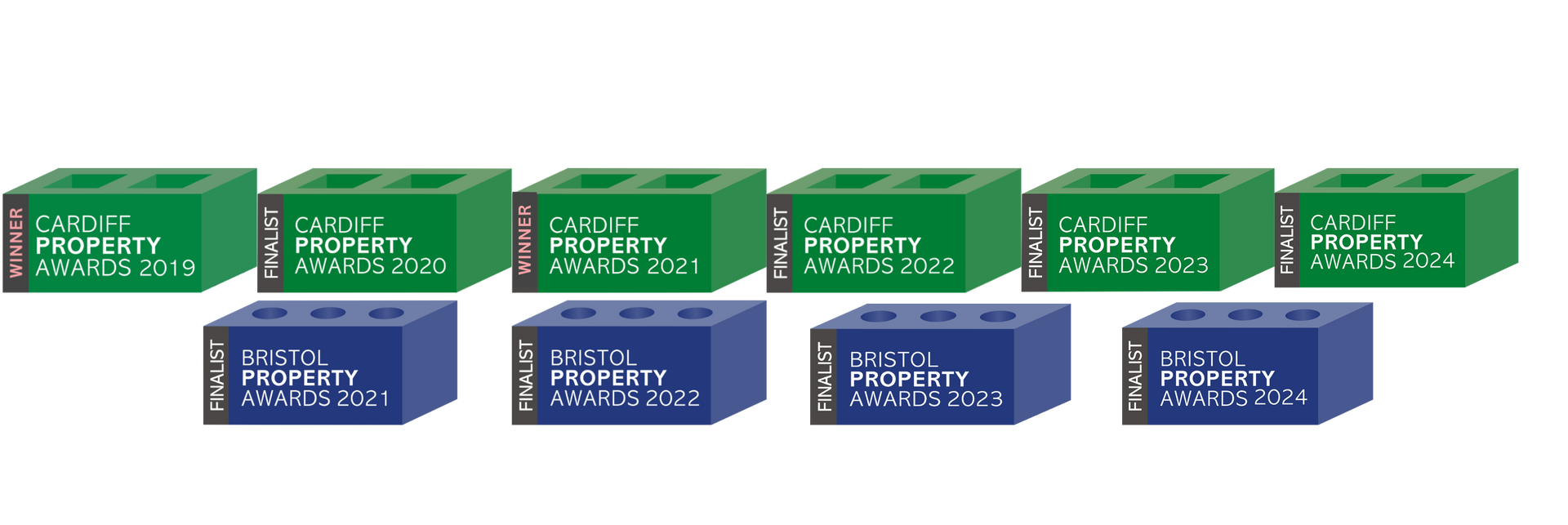About us
Antea Photography
About us
Photography from a height is often referred to as 'aerial photography' and usually refers to photography taken from a drone, plane or helicopter. Elevated photography is ground based and involves the use of telescopic masts , it is also referred to as mast photography or pole photography.
Antea Photography offers a full aerial and elevated photography service - ground, pole, mast, drone and helicopter commissions, whichever is best suited for the job.
How does elevated mast photography work?
The telescopic mast is vehicle mounted and using a pneumatic compressor it elevates the full frame Nikon dslr camera to a height of up to 26m. The mast can be elevated wherever we can park the vehicle, and due to its 4x4 capabilities we can get to most places! As the compressor is battery powered there is no need for a mains supply.
For images in places where the mast can't be used we use a more portable device for getting elevated photographs, a 13m hand-held pole which is ideal for those tight spots. It is also ideal for indoor work such as factories or warehouses
Mast and pole technology remove the risks and safety issues associated with an individual working at a height. They are also far more cost effective than alternatives such as hiring a cherry picker or platform.
What limitations are there that need to be considered?
The main factor to influence mast and drone photography is the weather. Although the mast can be safely elevated in wet and windy conditions, the quality of the images and the height to which the mast can be elevated will both be affected. Ideally the mast or drone should not be used in wind speeds in excess of 20mph. We use a number of weather forecasting websites to plan the optimum time to conduct a shoot, and always liaise closely with our clients to ensure we are both happy with the prevailing conditions before committing to a specific date and time, to avoid disappointment.
Sun direction can have an influence on property photography shoots. We use a range of applications to help plan the best time of day to take key shots.
What drones do you use?
Our Chief Photographer, Anthony Barber, is a CAA approved commercial drone pilot. We fly a range of Yuneec and DJI drones, the Yuneec H520 is a hexacopter which offers the extra safety of 6 rotors. The DJI drones include the Mini 3 Pro which at sub-250g is an excellent tool for property work. All our drones capture photographs as RAW files and 4K video.
The majority of our work is commercial property photography such as industrial estates and retail parks, a variety are illustrated on our
portfolio pages. We also work with a number of estate agents and house builders on residential properties, both internally and externally.
What geographical area do you cover?
Although we are based near Cardiff in South Wales, we regularly travel across the UK completing professional photography projects for clients, from Cornwall to Scotland, Anglesey to Essex and even the Isle of Wight (does that class as overseas?).
What is your service turnaround?
We always aim to provide clients with their images the following working day after a shoot, fully edited and ready for use. This will be dependent on the number of images involved and perhaps the distance travelled to the shoot.
Our aim is always to capture images taken in the best weather conditions possible, and as this can occasionally mean projects stacking up waiting for that window of opportunity to appear, sometimes the editing and final delivery may be slightly delayed as we endeavour to make the most of the limited sunny days the British weather offers us.
What do you charge for your photography services?
All projects are costed on a bespoke basis to ensure our clients receive value for money. We take into account the type and number of images required, the distance to the shoot, the time on site and any special requirements.
For more information please get in touch.
It is important to note that the prices quoted include any pre-shoot planning and all post-editing and processing, plus delivery of the soft copy images to the client’s required format and size. Therefore, a full day on-site capturing images can often involve 2-3 days of work overall.
Payment terms are 30 days from date of invoice unless agreed otherwise in advance, and all prices are subject to VAT.
What insurance do you have in place?
We have full business insurance in place, including public liability cover of £5,000,000, and separate insurance to cover drone activities.
We take our responsibility as self employed photographers very seriously, and have a bespoke Health & Safety policy.
Where did the name Antea come from?
"Having spent the first 26 years of my working life in the corporate world, I was extremely lucky when the opportunity to try something completely different came along in 2011. At the time I was studying digital photography at the Open University, and decided to grab the opportunity of a lifetime and turn my passion into my livelihood.
A project I was working on as part of my studies involved capturing the change and progression of a niche residential building development as it evolved, not from a time-lapse perspective but more from a photographic reporting angle. I was interested in illustrating how an unused, derelict piece of land was transformed into a high quality habitat, whilst working empathetically with the surrounding natural environment.
The word ‘Antea’ is Latin and is described in the JM Latin English Dictionary as an adverb meaning
“before / before this; formerly / previously / in the past” . I was determined not to become Anthony Barber Photography, and having considered a host of alternatives settled on Antea because of its relevance to capturing change through photography (the first three letters had something to do with it too!!). "
Anthony Barber - Chief Photographer



